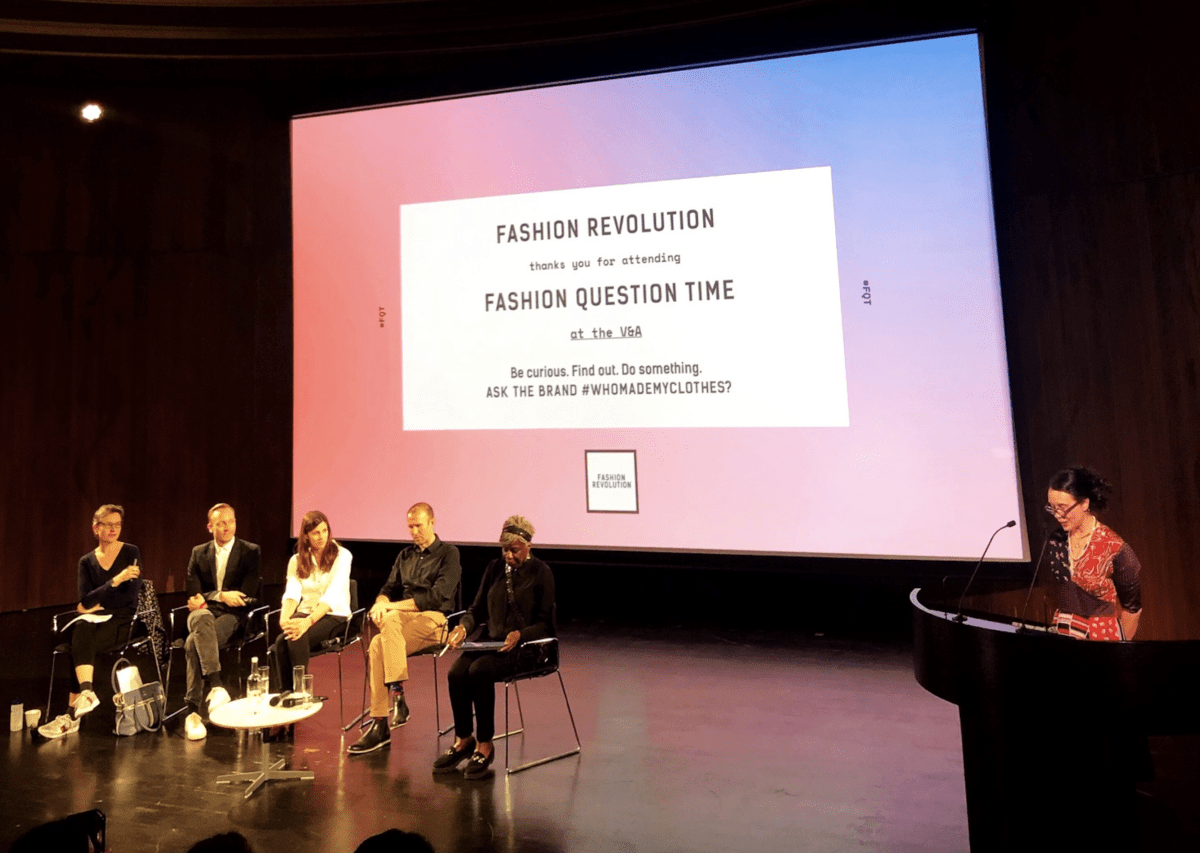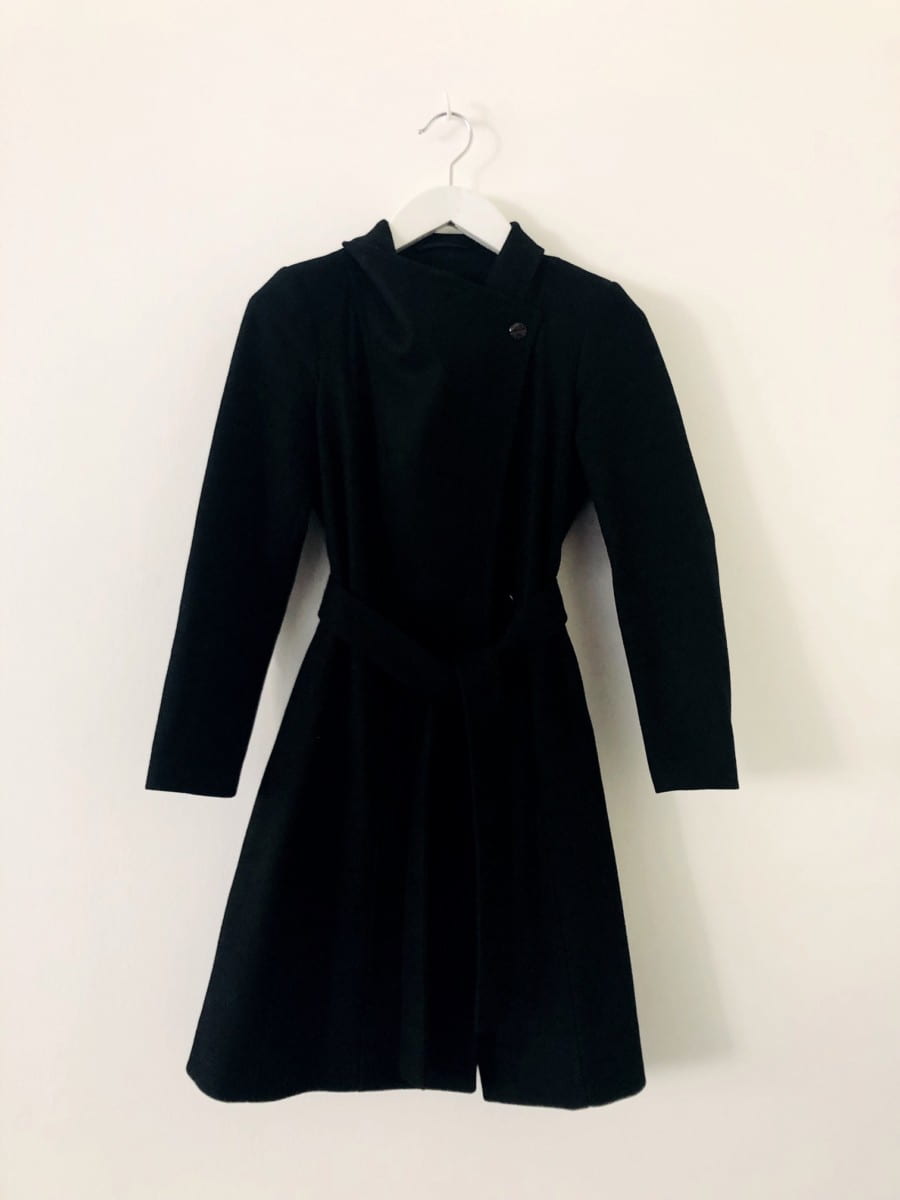Lorraine Smith is a graduate of the MA History and Culture of Fashion course (now MA Fashion Cultures) at LCF. A fashion scholar with an interest in object analysis, the body, and identity, Lorraine’s primary research focus is twentieth and twenty-first century underwear. The title of her MA dissertation was ‘From Kestos to Ultrabra: Technological Changes to the Bra in the UK, 1930-1994’. The bras she purchased as part of this research were donated to the LCF Archives, and two have been loaned to the V&A for their 2016/17 exhibition Undressed: A Brief History of Underwear.
Despite being usually hidden from view, underwear is an important aspect of our clothed selves. Everyone knows that it can keep us warm or cool, ensure we are comfortable, provide support, and help us feel fresh. What many people forget is that it also provides the foundations for our chosen clothed identity, whatever our age our gender. It’s mostly designed to hide underneath the rest of our clothing and is often intended to shape our flesh – to the latest fashionable silhouette, to society’s definition of the ideal body, or simply to better match our own gender identity. However, as with other garments, we select the underwear that we think best fits our bodies and suits the person we would like to be that day. Whether you feel at your best in boxers, briefs, thongs or Y-fronts; whether you prefer bras, camisoles or vests; whether you rely on a girdle, shapewear, pads or a binder; underwear can do more to boost our confidence and self esteem than most items of clothing we own.

Valentino advertisement from 1966
Underwear, like sportswear, is often at the forefront of garment and textile technology but the fashion industry has a habit of focusing solely on the look of underwear in its advertising. We are sold an aspirational image and, because displaying the garments at their best usually necessitates using photographs of semi-clothed bodies, we are often sold an overtly sexualised image. From larger than life images of David Beckham in the windows of H&M to bus stop posters of the Victoria’s Secret ‘Angels’, there’s no escaping underwear’s connection with sex and a supposedly ‘perfect’ body. Writing on the topic of advertising men’s underwear, Shaun Cole stated that ‘since the 1980s, with the changes in approach to the representation of the male body in mass media, the garments have become secondary to the body upon which they are portrayed.’ (1)
Even a cursory glance at any twentieth century underwear advertising can reveal a surprising amount about the ideal body shape of the time. In addition, issues of gender, which are always inescapable when analysing clothing, become especially pertinent when looking at underwear. The masculinity and femininity of underwear and its practices are not merely an aesthetic consideration, but are also an important part of identity creation. In an analysis of a character in the novel The Well of Loneliness, Jack Halberstam posits ‘a gender identity that constitutes itself through clothing […] in such a way as to equate nakedness with binary sexual and gender codes and the clothed self with the construction of gender itself.’ (2) Whether we realise it or not – and most cisgender people will hardly give this more than a passing thought – our choice of underwear is strongly connected with our gender identity.

David Gandy modelling underwear for Marks & Spencer in September 2014.
There are many ways of ‘doing gender’, and every time we put on a push-up bra, search for knickers without frills or bows, reach for a close-fitting pair of trunks or try out loose silk boxers we are each doing gender in our own individual way. In research conducted by Christian Jantzen, Per Østergaard and Carla M Sucena Viera on lingerie and female identity, the authors consider that underwear may be used ‘as a way of defining a feminine identity by managing bodily presence in social life’ and they conclude, after analysing interviews with 22 women, that ‘lingerie is thus both a symbol and a tool of identity.’ (3) The interviewees in this study often speak of how the underwear they bought, or chose not to buy, made them feel. They recall memories, express opinions and report sensations, discussing how they feel emotionally about specific types of lingerie as well as how it feels upon their skin.
Occasionally, the texture of the fabric and more comfortable methods of construction are mentioned in underwear advertising – take, for example, the number of companies who have tried to reinvent the bra’s notorious underwire since it first became popular after the Second World War – and fashion magazines sometimes discuss topics relating to fit and support, but fashion media rarely considers how we feel about choosing and wearing undergarments. People of all genders have underwear that is important to them in some way, but this is rarely discussed in the way that our opinions of and attachment to other items of clothing are.

Lorraine in the LCF archives
The last few years have seen a number of high profile museum exhibitions on underwear – including La Mécanique Des Dessous: Une Histoire Indiscréte De La Silhouette at Les Arts Decoratifs in Paris, and Exposed: A History of Lingerie at the Museum at FIT in New York – proving that there is public interest in the design and evolution of undergarments. Hopefully this year, with the launch of Undressed: A Brief History of Underwear at the V&A, we will start to see more opportunities to discuss something other than hand-embroidered silk Victorian corsets. Consider that, if those garments are perhaps the nineteenth century equivalent of Agent Provocateur’s equally beautiful and extremely expensive Soirée range, they can probably tell us very little about what women actually wore every day. Fashion studies is interdisciplinary and it’s clearly impossible to simply look in isolation at an individual aspect of the clothing we wear, so it should be obvious that we need to expand the discussions we have surrounding underwear too.
Blogs are way ahead of traditional fashion media and academic scholars in this regard. The best of these, The Lingerie Addict, covers many topics including body image, gender identity, diversity in fashion imagery and personal experiences of atypical consumers, in addition to their product reviews and articles on the design, development and production of underwear. Perhaps it’s finally time to start looking at our own undergarments as something more than simply ‘everyday’ or ‘sexy’. After all, there shouldn’t be ‘unmentionables’ in the twenty-first century.
References
(1) Cole, S. (2013) ‘Advertising Men’s Underwear’ in Bartlett, D., Cole, S. and Rocamora, A. (eds) Fashion Media: Past and Present. London: Bloomsbury. pp.58
(2) Halberstam, J (1998) Female Masculinity. Durham: Duke University Press. pp.99
(3) Jantzen, C., Østergaard, P. & Vieira, C (2006) ‘Becoming a ‘Woman to the Backbone’: Lingerie consumption and the experience of feminine identity’ in the Journal of Consumer Culture, Vol 6(2), pp.199




